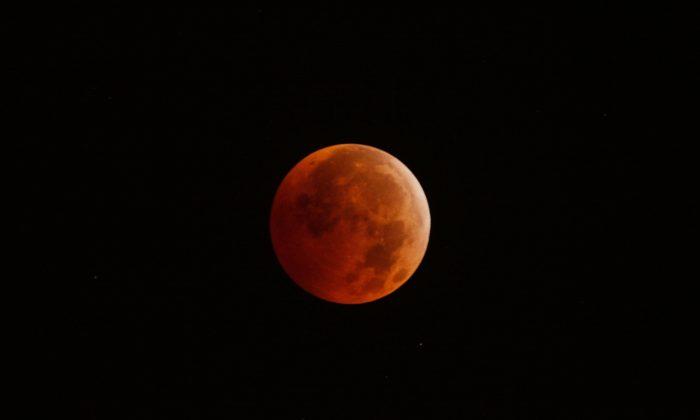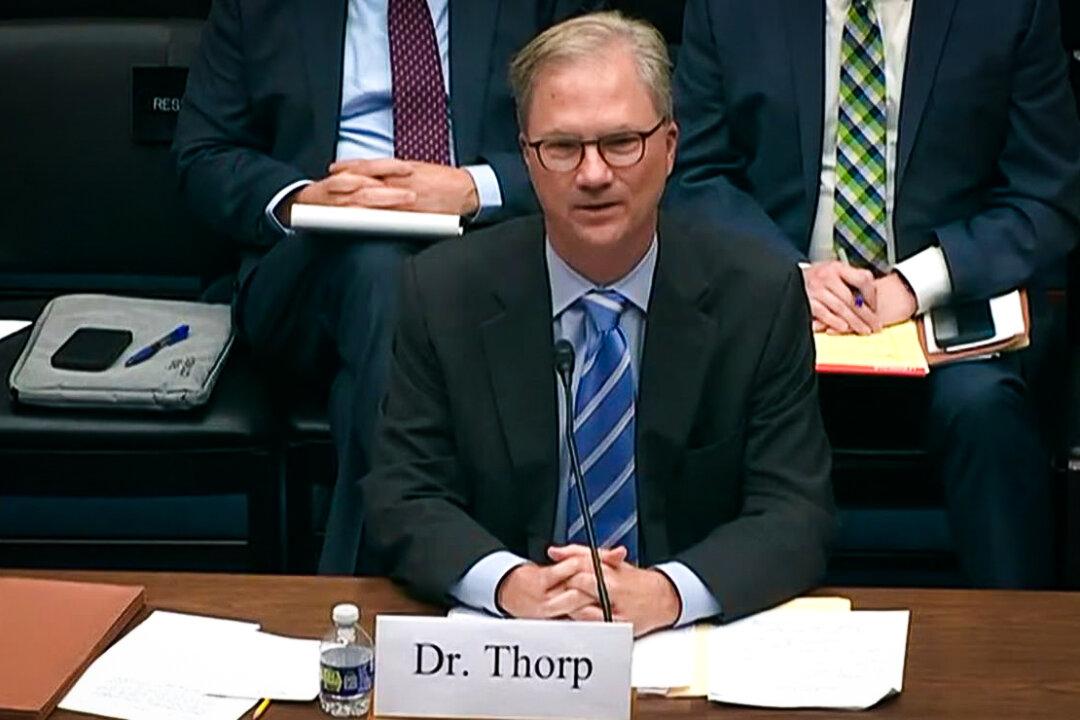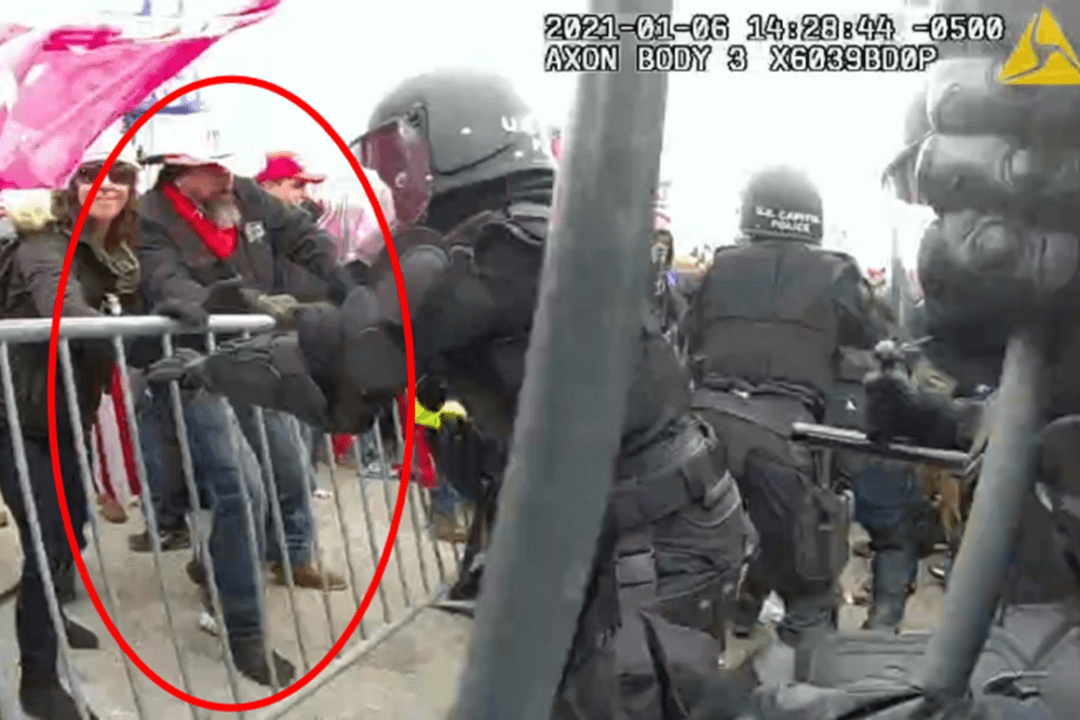The latest lunar eclipse in 2013 is the penumbral eclipse of October 18, which will be visible to the naked eye in some areas.
People in Europe and Africa will have the best chances of seeing the eclipse. In the United States, it might not even be noticeable.
It will be the last lunar eclipse of the year.
The times of the major phases are:
Penumbral Eclipse Begins: 21:50:38 UT
Greatest Eclipse: 23:50:17 UT
Penumbral Eclipse Ends: 01:49:49 UT
“Note that the beginning and end of a penumbral eclipse are not visible to the eye,” NASA says. “In fact, no shading can be detected until about 2/3 of the Moon’s disk is immersed in the penumbra. This would put the period of nominal eclipse visibility from about 23:30 to 00:10 UT. Keep in mind that this is only an estimate. Atmospheric conditions and the observer’s visual acuity are important factors to consider. An interesting exercise is to note when penumbral shading is first and last seen.”
“Eastern Canada will see the entire event while the rest of Canada and the USA will see moonrise with the eclipse already in progress. Observers in Europe and Africa will also see the entire event, while eastern Asia misses the end because of moonset.”






Friends Read Free